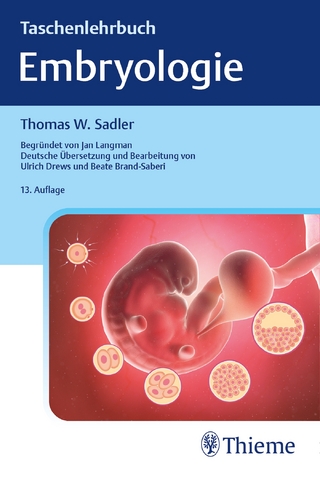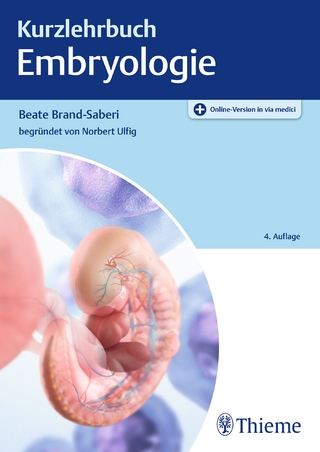
Brain Development and Sexual Orientation
Morgan & Claypool Publishers (Verlag)
978-1-61504-458-0 (ISBN)
Introduction and Definitions
Sex Differences in Animals and Men
The Origins of Human Sex Differences
How Can Effects of Biological Factors on Sexual Orientation Be Studied in Humans?
Endocrine Control of Sex Differences
Organizational Effects of Steroids on Sex Partner Preference in Animals
An Endocrine Model of Human Homosexuality
Sex Steroids Modulate Sexual Motivation during Adulthood in Humans . . . But Not Sexual Orientation
The Organizational Role of Steroids on Sexual Orientation: Analysis of Clinical Cases
Sex Differences Not Related to Sexual Activity Suggest an Atypical Differentiation in Homosexual Subjects
Brain Differences Associated with Sexual Orientation
The Origin of Endocrine Differences Between Embryos
Is There a Role for Postnatal Experiential Factors?
Conclusions
References
Author Biography
| Erscheint lt. Verlag | 30.8.2012 |
|---|---|
| Reihe/Serie | Colloquium Series on The Developing Brain |
| Verlagsort | San Rafael |
| Sprache | englisch |
| Maße | 191 x 235 mm |
| Gewicht | 255 g |
| Themenwelt | Medizin / Pharmazie ► Medizinische Fachgebiete ► Neurologie |
| Studium ► 1. Studienabschnitt (Vorklinik) ► Histologie / Embryologie | |
| Naturwissenschaften ► Biologie ► Genetik / Molekularbiologie | |
| Naturwissenschaften ► Biologie ► Zoologie | |
| ISBN-10 | 1-61504-458-2 / 1615044582 |
| ISBN-13 | 978-1-61504-458-0 / 9781615044580 |
| Zustand | Neuware |
| Haben Sie eine Frage zum Produkt? |
aus dem Bereich


